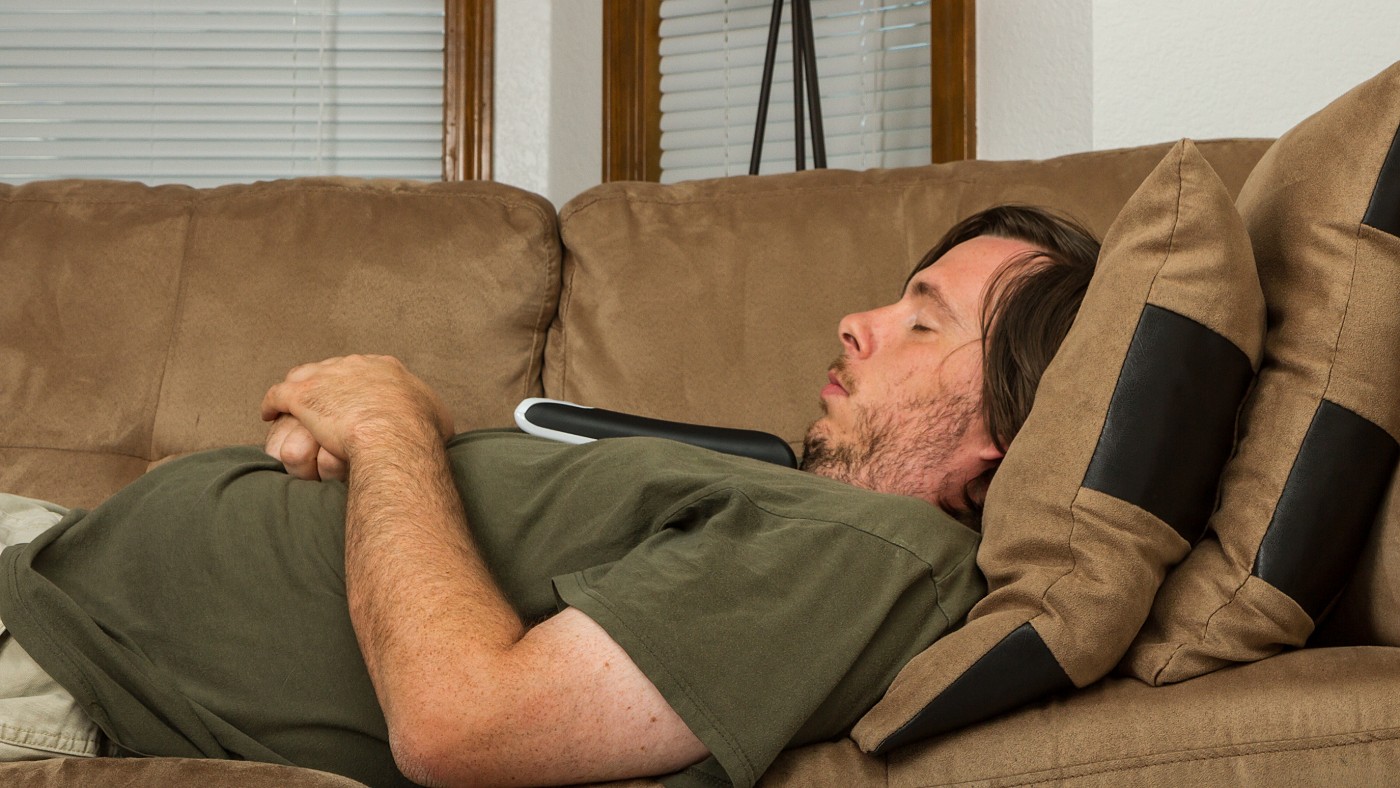A majority of patients with bronchiectasis may be at a heightened risk for comorbidities resulting from a sedentary lifestyle. Researchers at University of Ulster in Northern Ireland identified that only 11% of sample patients with bronchiectasis met the recommended guidelines for physical activity. While lung function did not correlate to physical activity, exercise capacity did correlate, indicating that increasing exercise capacity in patients may also increase physical activity.
The study, “Sedentary Behaviour and Physical Activity in Bronchiectasis: A Cross-Sectional Study,” was published in BMC Pulmonary Medicine also listed as a clinical trial (Physical Activity in Bronchiectasis (PhAB)). The team, led by Dr. Judy M. Bradley in the Center for Health and Rehabilitation Technologies at Ulster, identified 63 patients with bronchiectasis in the span of one year and assessed the patients’ activity levels for one week. Throughout the study, the patients wore an ActiGraph GT3X+ accelerometer to track real-time physical activity. The patients also self-reported their attitudes toward physical activity, and the researchers measured parameters related to lung function, such as forced expiratory volume in one second percent (FEV1%) predicted.
At the end of the week with the ActiGraph, patients returned to the clinic and were again assessed for measures of lung health. When their accelerometer data were uploaded, there was a clear lack of physical activity in most patients. Of the 55 patients that completed the study, only 11% met the recommended guidelines for physical activity. Patients had a mean daily time spent in sedentary behavior of 10.5 hours, compared to a mean daily time spent in moderate-vigorous physical activity of only 25 minutes.
Important to note is that a poorer FEV1% predicted was not indicative of a lower degree of physical activity. “FEV1% predicted and disease severity were not correlates of sedentary behavior or physical activity,” stated the authors. “For sedentary behavior, decisional balance ‘pros’ score was the only correlate.” In other words, individuals who saw few benefits of exercise were more likely to be sedentary, while those who saw great benefits were more likely to engage in physical activity.
An encouraging piece of knowledge is that 45% of patients reported that they wanted to be more active in their daily lives. However, patients were least confident they could perform physical activity when they were experiencing respiratory symptoms and most confident when they were on holiday. Interventions tailored to each patient with bronchiectasis may help increase physical activity and decrease the time spent in sedentary behavior.

